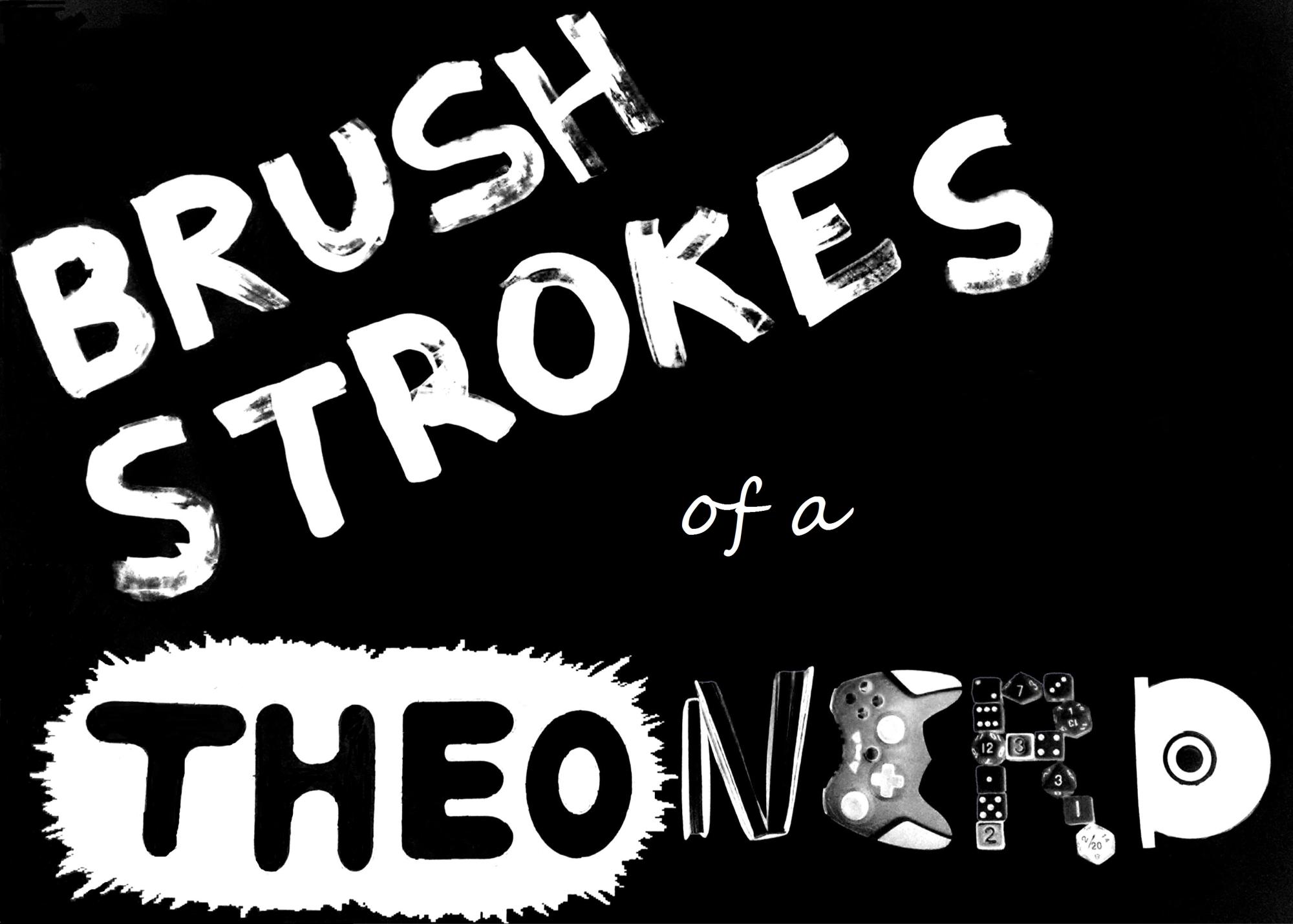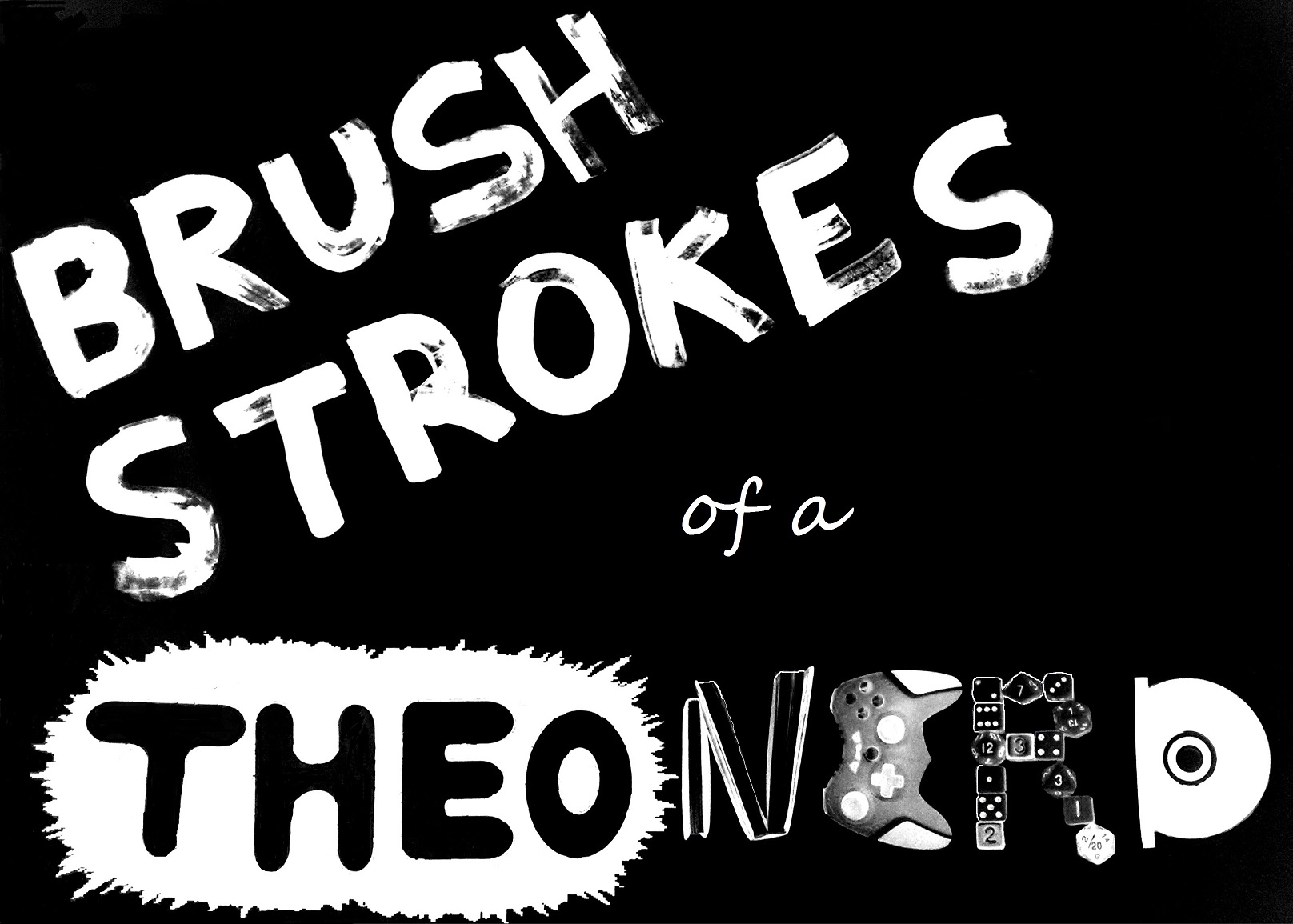Artful Purpose
By Anthony Casperson
1-28-17
“All good art is not only aesthetically pleasing, but also has a message.” This statement is one that I’ve said many times before. And it came up again recently while thinking artistically, along with someone that I know, about a ministry opportunity’s future space.
What I meant in this case is that the décor should be inspired by the core message that this ministry’s space intends to give to those who enter it. From the color palette, to the furnishings. From the light fixtures, to what’s hung on the walls. From the seating placement, to the “white space” (the places where there is a void). All of this should feed into the core message being artfully portrayed.
The basic question is “Why is this here?” What is the purpose of this fixture? This color? This type of lighting? Is it only because it looks pretty? Or because you like it? Or because someone else said it’s the best? If it’s only one of those things, but doesn’t point to the core message of the space, then either it has to go, or you have to change your message.
Yes, there’s a practicality to certain things that you need. But if you’re trying to have an artistic message, then even the minutia of the practical could shade the image you are trying to give. And if you’re not careful, it could mar the message entirely. There’s a purposefulness to what you use when you’re trying to point people to a certain idea.
My introduction to thinking purposefully about the minutia doesn’t come from art. Actually, it comes from a preaching class in bible college. (I do view preaching as art, but that’s a different story.) In the class, we all had the opportunity to preach twice. And our fellow students would critique us, whether good or in need of improvement.
There was this one student who you could count on to have a particular comment. Whether the preacher did this well or not, this guy would talk about “purposeful movement.” Did the preacher’s hand gestures aid in the audience’s understanding of the sermon? Or was it a fumbling mess that took attention away from what was being said? Did the preacher move in front of the pulpit when he was trying to deeply engage with his audience? Or did they just stand fixed like a deer in the headlights?
Every time his hand rose, we all knew what was coming from “Mr. Purposeful Movement.” (An admittedly uninspired, and not-well-meant nickname, I know. But even bible college students are prone to sinfulness.)
And as a person who had already taken years of practice with my mentor to actually gesture, let alone move from the pulpit, I dreaded this critique the first time I was to preach in the class. I had no defense. I knew I needed to do this, but found it very difficult.
But I tell you, of all of the things I’ve ever learned in a preaching class, this is one of the very few things that I think about every time I preach in front of an audience. I want purpose in my movement. It might not be as much as some, but what is there, is purposeful.
This doesn’t make me a master of purposefulness or anything. Even after years of thinking about purposeful movement and artistic purposefulness, God has much to teach me about being purposeful in his message.
As a matter of fact, God has recently impressed upon me the challenge of thinking purposefully in my life in general. I’ve begun asking the question, “Why is this here?” Does this activity feed into the core message of my life for God? Is spending my time doing this shading the true message of God in a bad way? Is the “white space” of my life (meaning rest) purposeful?
And so, I want to extend the challenge to everyone to take stock in what we do. Does it match with the message of your life in God? Jesus boils the message down to loving God with our whole being and loving others as ourselves (Matt. 22:37-40, Mark 12:30-31, Luke 10:27). But like all art, the exact manner and method of the message differs from person to person.
So, given your circumstances and the exact message God has placed in you, do the things in your life mesh with the message? Are the activities, relationships, and life-choices purposefully aiding the message? Or are they redirecting eyes away from the clear message? What needs to be taken out because it doesn’t aid in our purpose? What nice things that we like, that are pretty, but don’t feed into the message, need to go?
Let’s allow life to imitate good art. Live in artful purpose.
By Anthony Casperson
1-28-17
“All good art is not only aesthetically pleasing, but also has a message.” This statement is one that I’ve said many times before. And it came up again recently while thinking artistically, along with someone that I know, about a ministry opportunity’s future space.
What I meant in this case is that the décor should be inspired by the core message that this ministry’s space intends to give to those who enter it. From the color palette, to the furnishings. From the light fixtures, to what’s hung on the walls. From the seating placement, to the “white space” (the places where there is a void). All of this should feed into the core message being artfully portrayed.
The basic question is “Why is this here?” What is the purpose of this fixture? This color? This type of lighting? Is it only because it looks pretty? Or because you like it? Or because someone else said it’s the best? If it’s only one of those things, but doesn’t point to the core message of the space, then either it has to go, or you have to change your message.
Yes, there’s a practicality to certain things that you need. But if you’re trying to have an artistic message, then even the minutia of the practical could shade the image you are trying to give. And if you’re not careful, it could mar the message entirely. There’s a purposefulness to what you use when you’re trying to point people to a certain idea.
My introduction to thinking purposefully about the minutia doesn’t come from art. Actually, it comes from a preaching class in bible college. (I do view preaching as art, but that’s a different story.) In the class, we all had the opportunity to preach twice. And our fellow students would critique us, whether good or in need of improvement.
There was this one student who you could count on to have a particular comment. Whether the preacher did this well or not, this guy would talk about “purposeful movement.” Did the preacher’s hand gestures aid in the audience’s understanding of the sermon? Or was it a fumbling mess that took attention away from what was being said? Did the preacher move in front of the pulpit when he was trying to deeply engage with his audience? Or did they just stand fixed like a deer in the headlights?
Every time his hand rose, we all knew what was coming from “Mr. Purposeful Movement.” (An admittedly uninspired, and not-well-meant nickname, I know. But even bible college students are prone to sinfulness.)
And as a person who had already taken years of practice with my mentor to actually gesture, let alone move from the pulpit, I dreaded this critique the first time I was to preach in the class. I had no defense. I knew I needed to do this, but found it very difficult.
But I tell you, of all of the things I’ve ever learned in a preaching class, this is one of the very few things that I think about every time I preach in front of an audience. I want purpose in my movement. It might not be as much as some, but what is there, is purposeful.
This doesn’t make me a master of purposefulness or anything. Even after years of thinking about purposeful movement and artistic purposefulness, God has much to teach me about being purposeful in his message.
As a matter of fact, God has recently impressed upon me the challenge of thinking purposefully in my life in general. I’ve begun asking the question, “Why is this here?” Does this activity feed into the core message of my life for God? Is spending my time doing this shading the true message of God in a bad way? Is the “white space” of my life (meaning rest) purposeful?
And so, I want to extend the challenge to everyone to take stock in what we do. Does it match with the message of your life in God? Jesus boils the message down to loving God with our whole being and loving others as ourselves (Matt. 22:37-40, Mark 12:30-31, Luke 10:27). But like all art, the exact manner and method of the message differs from person to person.
So, given your circumstances and the exact message God has placed in you, do the things in your life mesh with the message? Are the activities, relationships, and life-choices purposefully aiding the message? Or are they redirecting eyes away from the clear message? What needs to be taken out because it doesn’t aid in our purpose? What nice things that we like, that are pretty, but don’t feed into the message, need to go?
Let’s allow life to imitate good art. Live in artful purpose.





